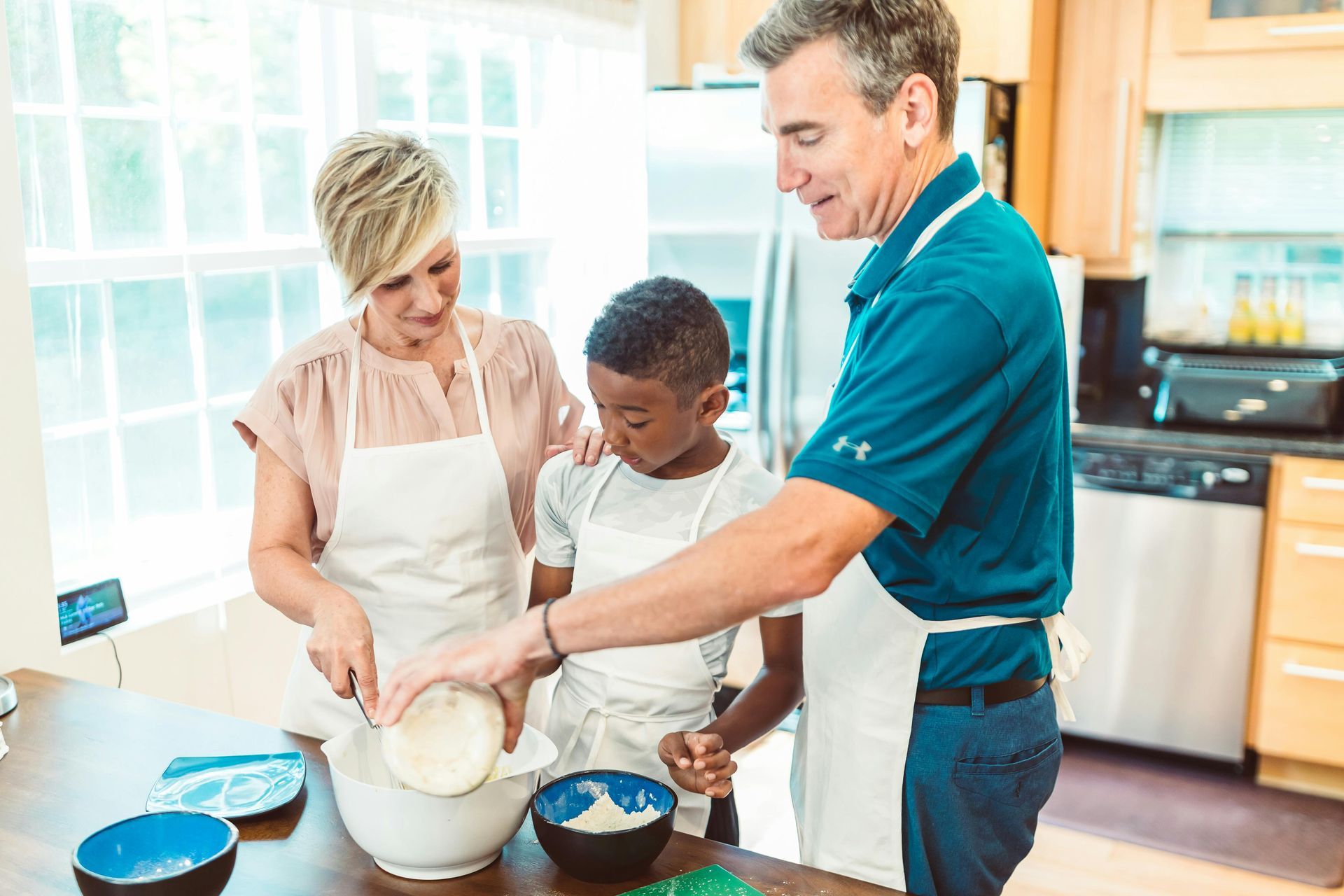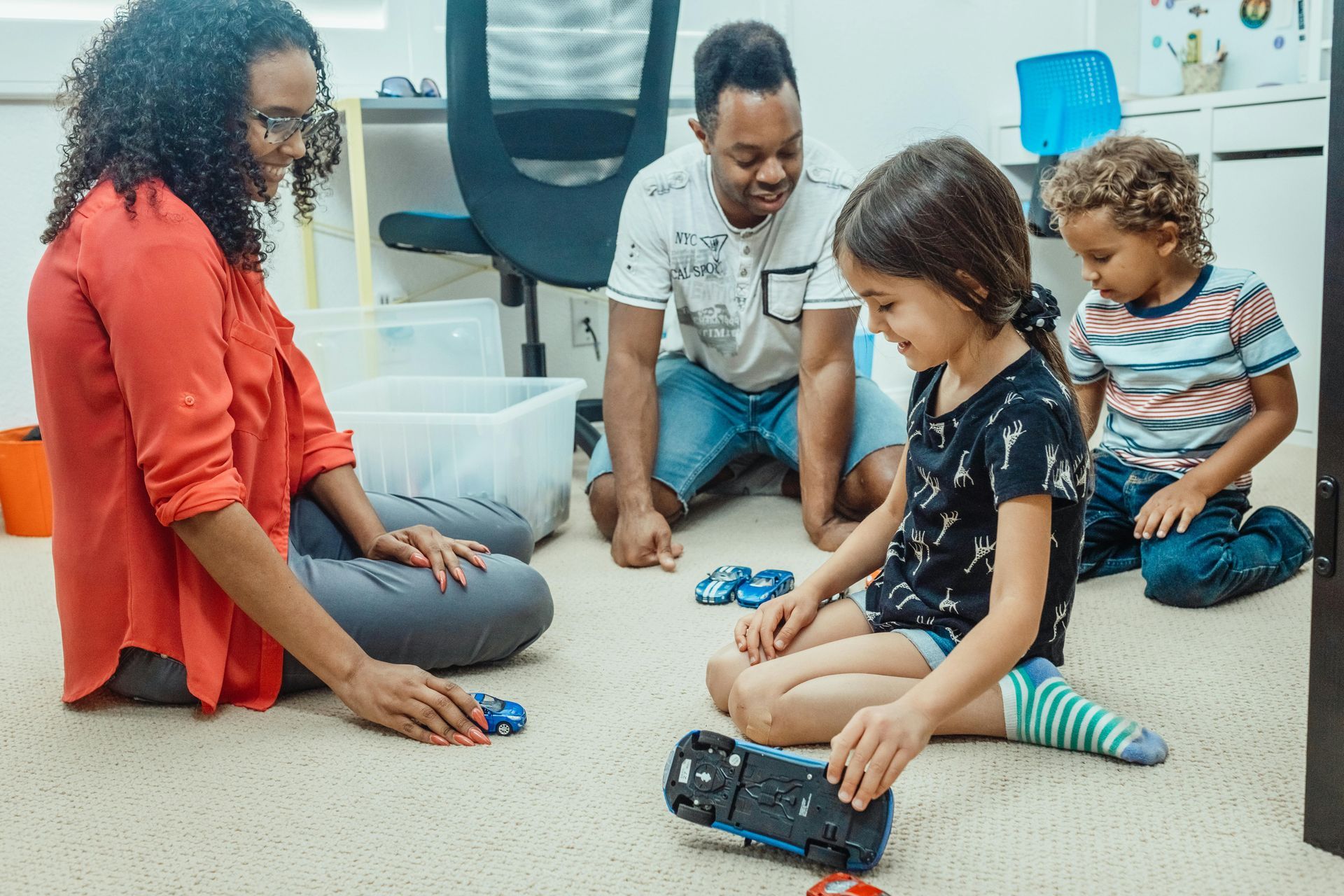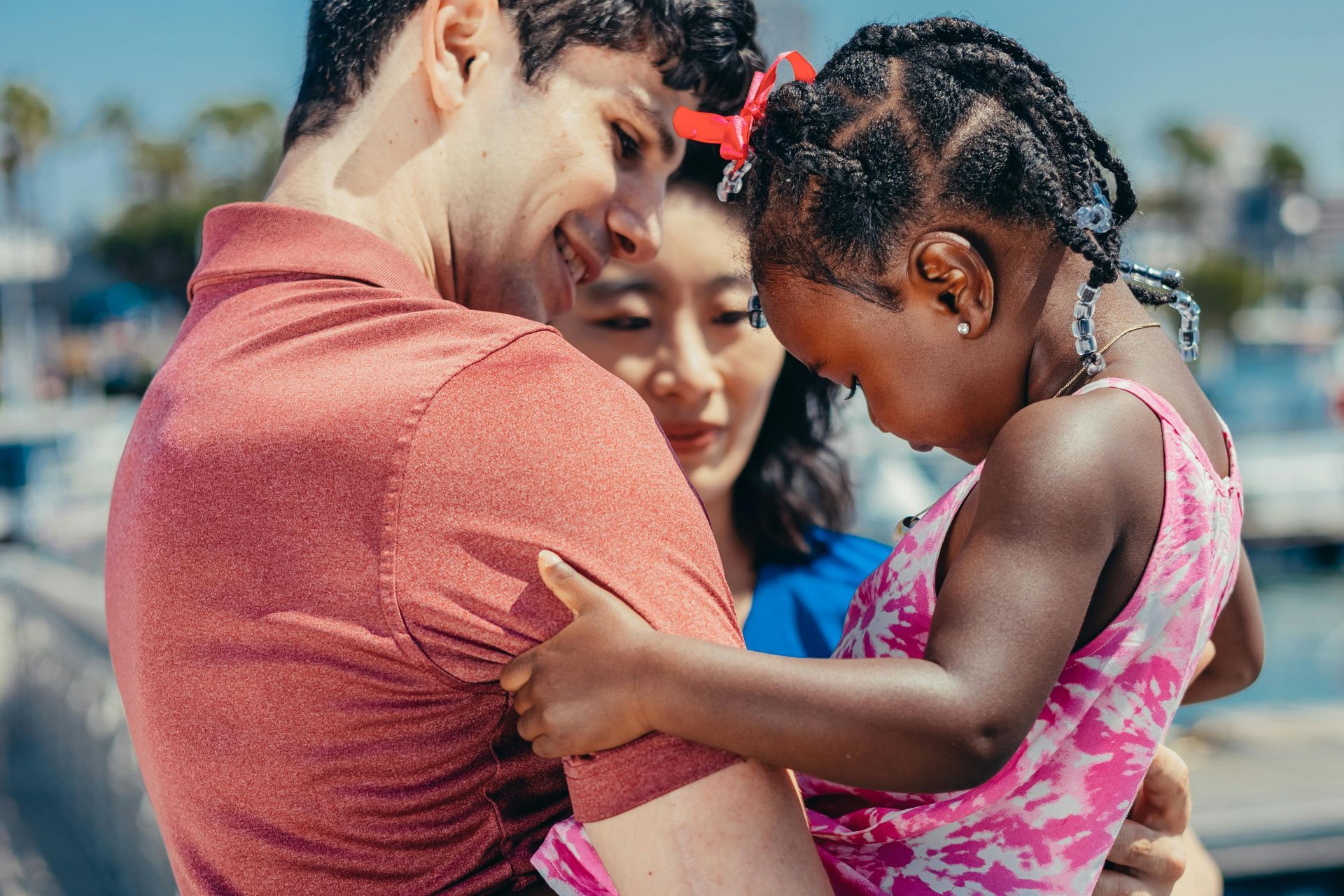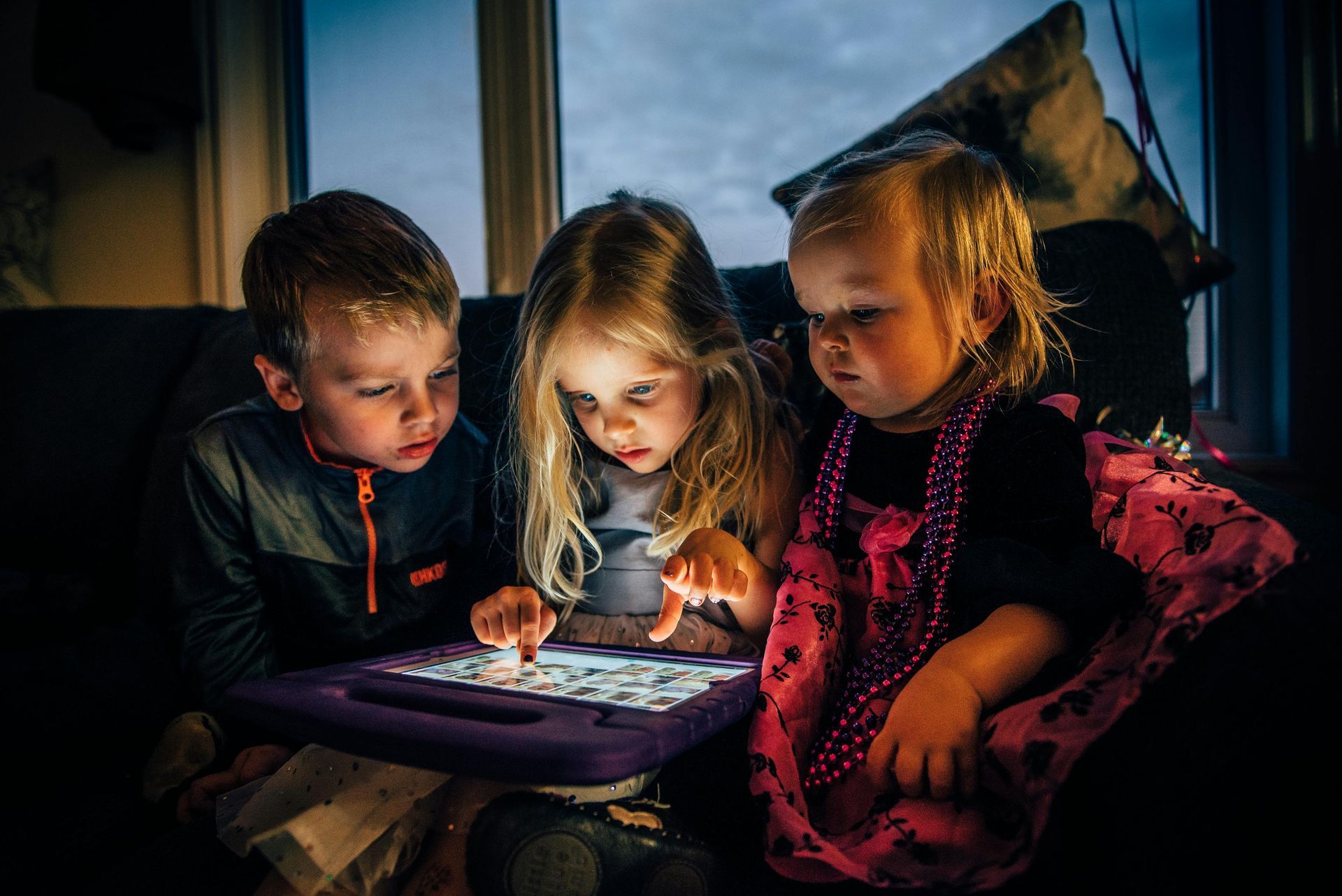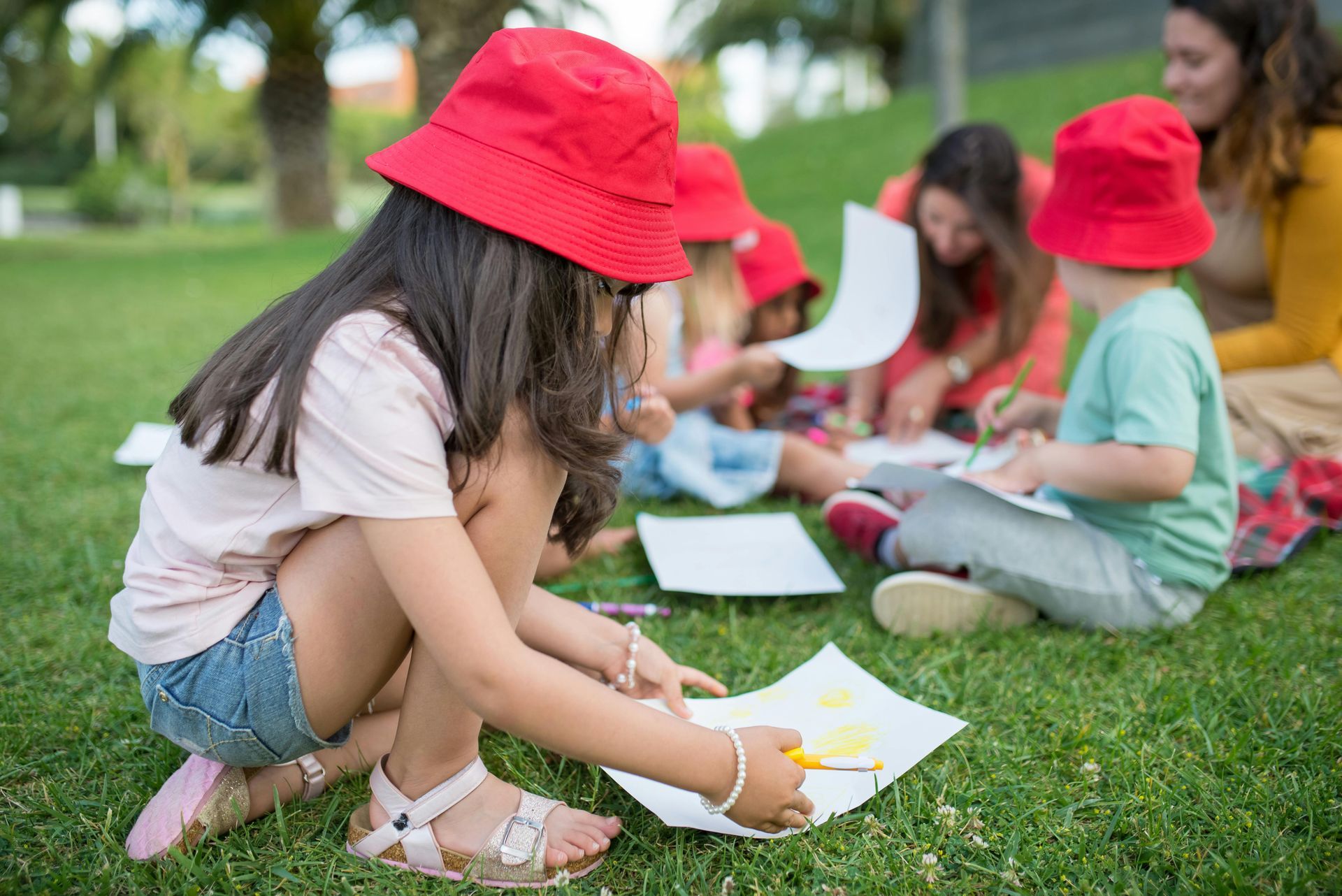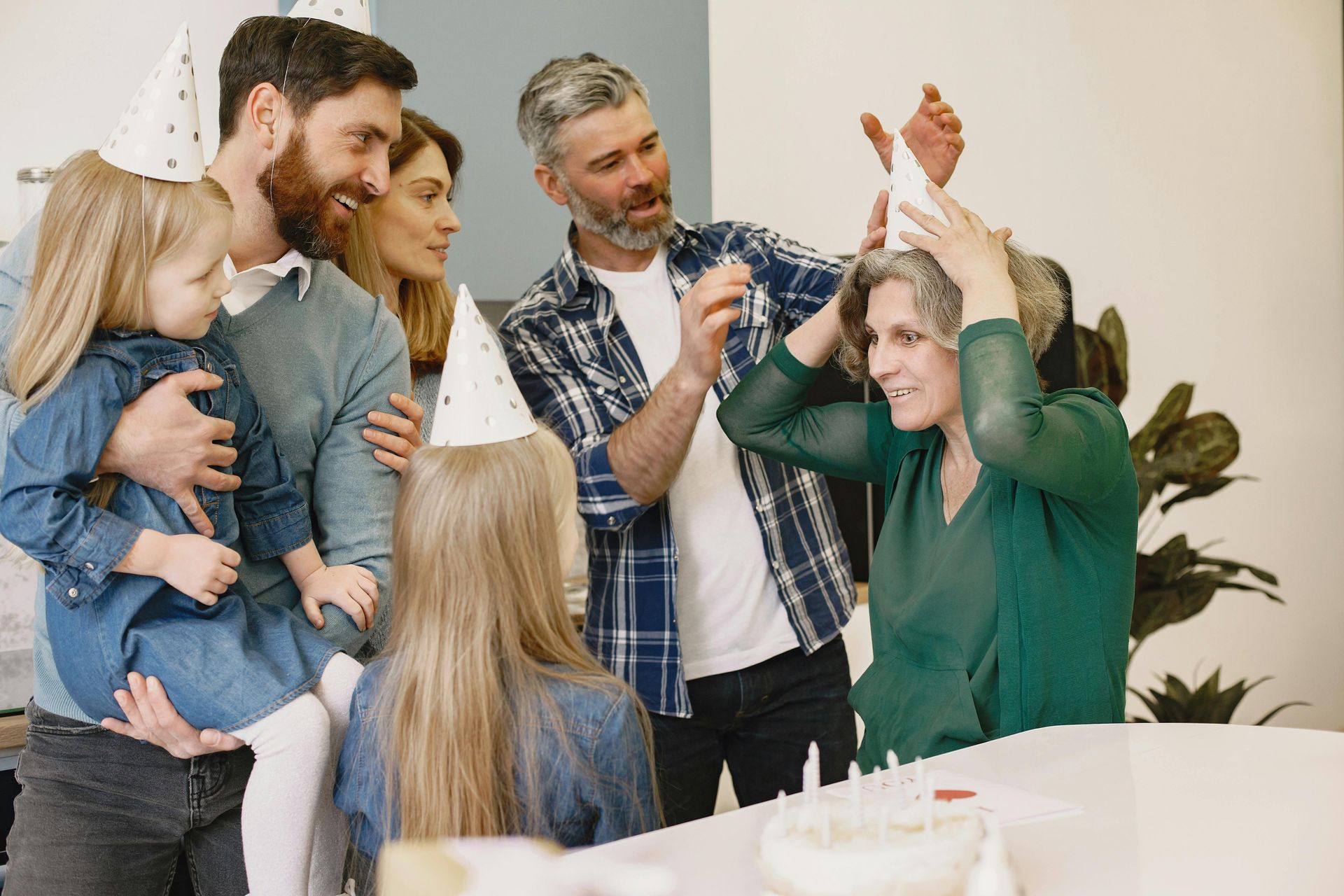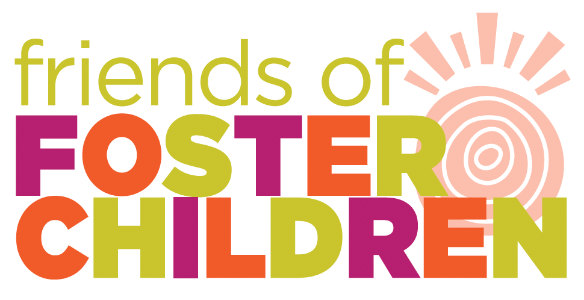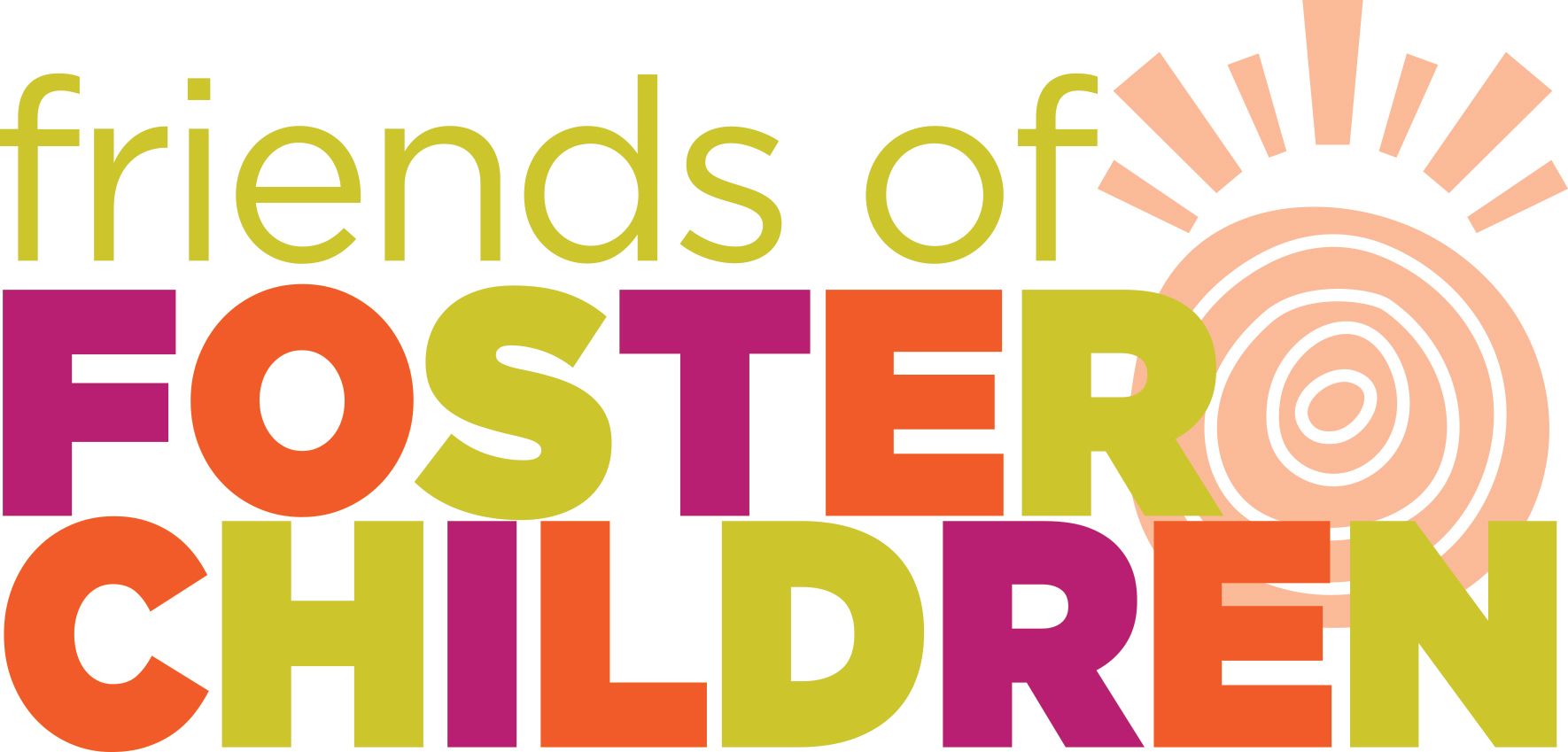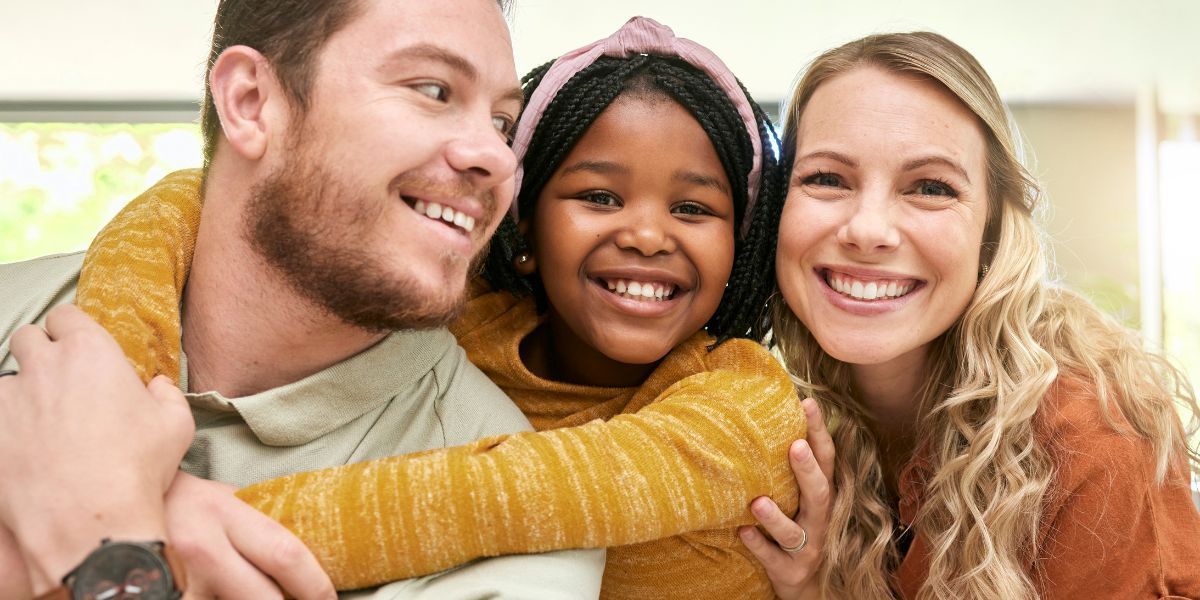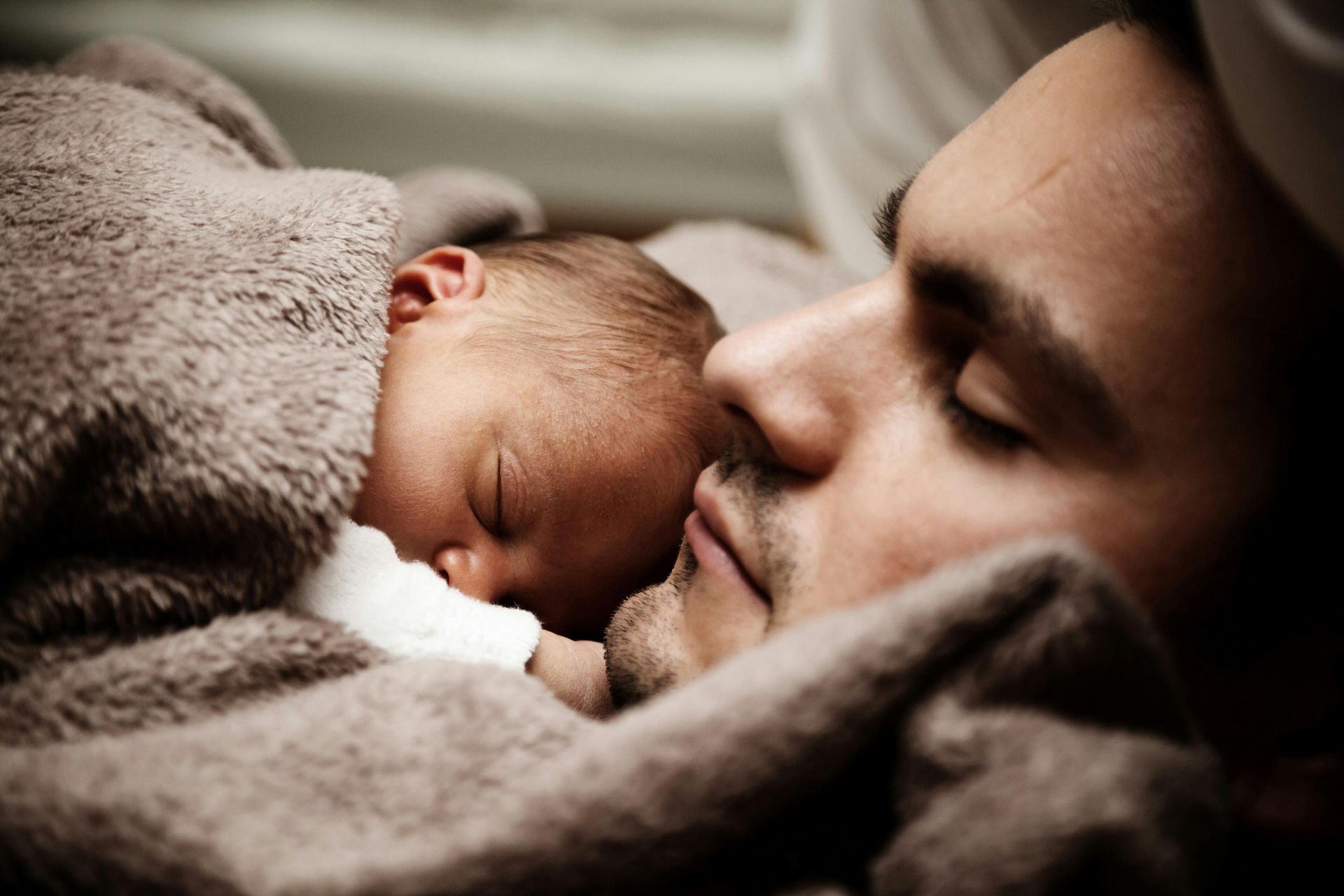What Is Reunification in Foster Care?
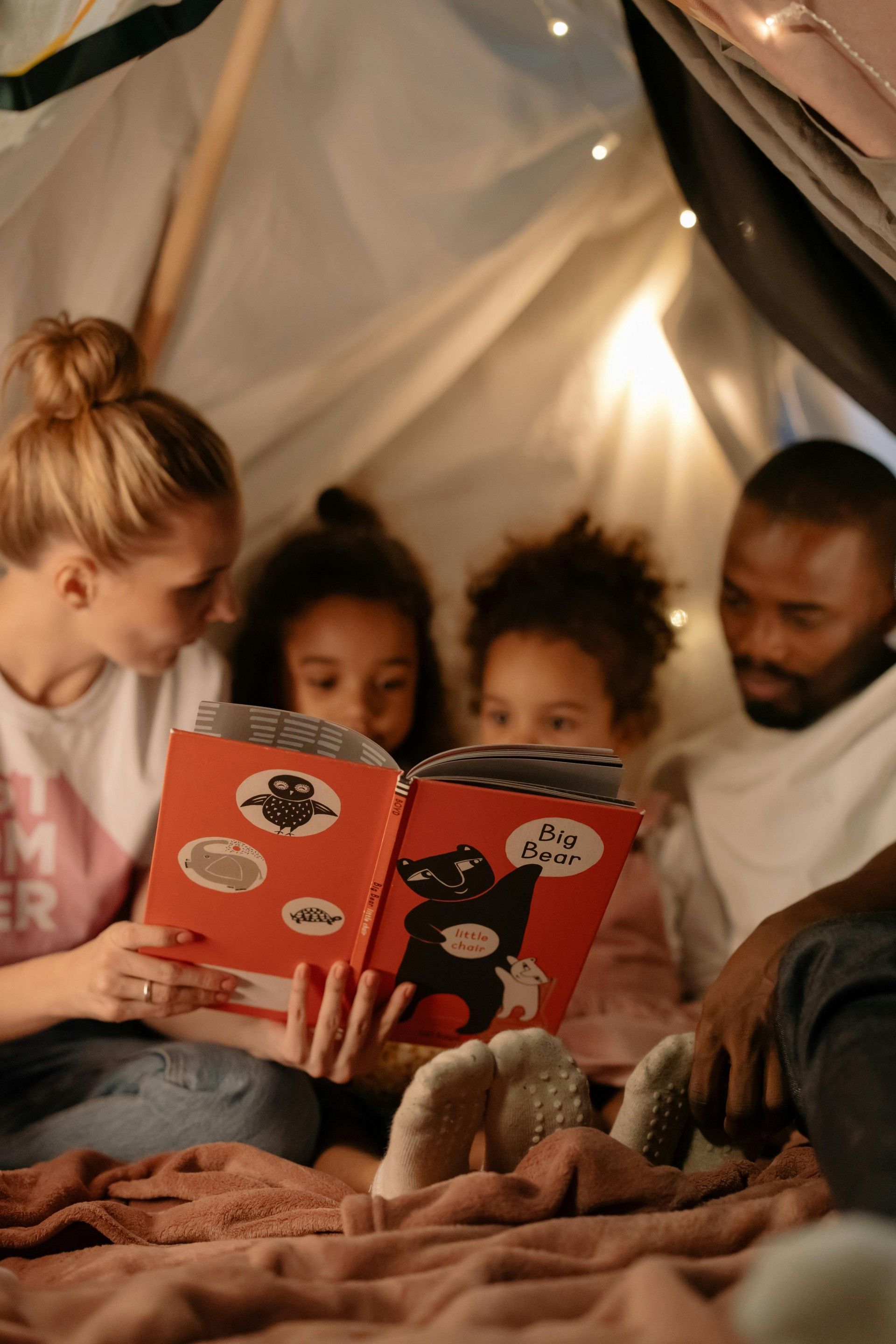
Reunification is the process of returning a child in foster care to their parents or primary guardians. It is a slow process guided by courts, social workers, and support teams who all want one thing: to make sure a child is safe, loved, and cared for.
Most children in foster care eventually return to their birth families. In fact, according to the U.S. Department of Health and Human Services, “Nearly 50% of children who leave foster care do so through reunification with their parents or primary caregivers.”
That’s hundreds of thousands of families each year who are given a second chance — who face their struggles, make changes, and do the hard work of reuniting with their children.
How Does Reunification Work?
Reunification is a structured process that involves several key steps:
1. Family Assessment and Case Plan
Once a child is placed in foster care, a caseworker conducts a full assessment of the situation. The court then outlines a family case plan — a set of goals and actions the parent(s) must complete to regain custody. These may include:
- Attending parenting classes
- Maintaining sobriety and completing a rehabilitation program
- Finding stable housing and employment
- Participating in therapy or counseling
- Complying with regular court check-ins and supervised visits
This plan is tailored to the family's specific circumstances and is monitored closely by child welfare professionals.
2. Supervised Visitation
During this period, parents usually begin with supervised visitation — scheduled times when they can see their children under the supervision of a social worker. These visits often happen in a neutral setting, such as visitation centers.
Over time, as trust and progress build, supervised visits may evolve into unsupervised visits, overnight stays, and eventually trial home visits — all building blocks towards reunification.
3. Ongoing Support
Reunification isn’t about checking off boxes — it’s about meaningful change. That’s why families receive continued support throughout the process, including:
- Therapy (individual or family)
- Substance abuse recovery programs
- Parent coaching
- Housing and financial assistance
- Help with transportation or childcare
The goal is not just to bring the child home, but to create an environment where they can thrive long-term.
4. Final Reunification Decision
Once the family has made substantial progress, and the child’s well-being can be ensured, the court may grant legal reunification. This means the child is no longer under foster care jurisdiction and can remain with their family permanently.
But even after reunification, many families continue receiving services to reduce the risk of re-entry into care and promote ongoing success.
What Does Reunification Look Like for a Child?
Reunification is a deeply emotional and complex experience for a child. Foster parents, caseworkers, and birth families must work together to support the child’s emotional transition. When done right, reunification can be a beautiful reminder that healing is possible, that people can grow and change, and that love can endure hardship.
Why Reunification Matters
When we give parents the tools they need to succeed, we don’t just reunite families — we break cycles of trauma. We give children the chance to reconnect with their roots and culture.
How Can Communities Help?
Reunification isn’t just the job of child welfare agencies — it’s the work of entire communities. Here's how we can help:
- Employers can offer second chances to parents striving to rebuild their lives
- Churches, nonprofits (like Friends of Foster Children), and community groups can provide parenting classes, recovery support, and mentorship
- Neighbors and friends can offer rides, meals, or childcare during tough times
- Policy advocates can push for funding in prevention and family preservation programs
When we invest in families before a crisis happens — and support them after — we change the entire story.
So, can foster children be reunified?
Yes. Reunification is one of the most beautiful expressions of hope in the foster care system. It says, we believe people can grow, children deserve the best, and we believe in healing.
It doesn’t happen easily or quickly. It takes hard work, vulnerability, accountability, and compassion. But when it does happen, it’s a victory worth celebrating — not just for the family, but for all of us.
Because every child deserves the chance to pursue a happy childhood.
Help caregivers provide loving homes for children in need. Your donation makes a difference today.

